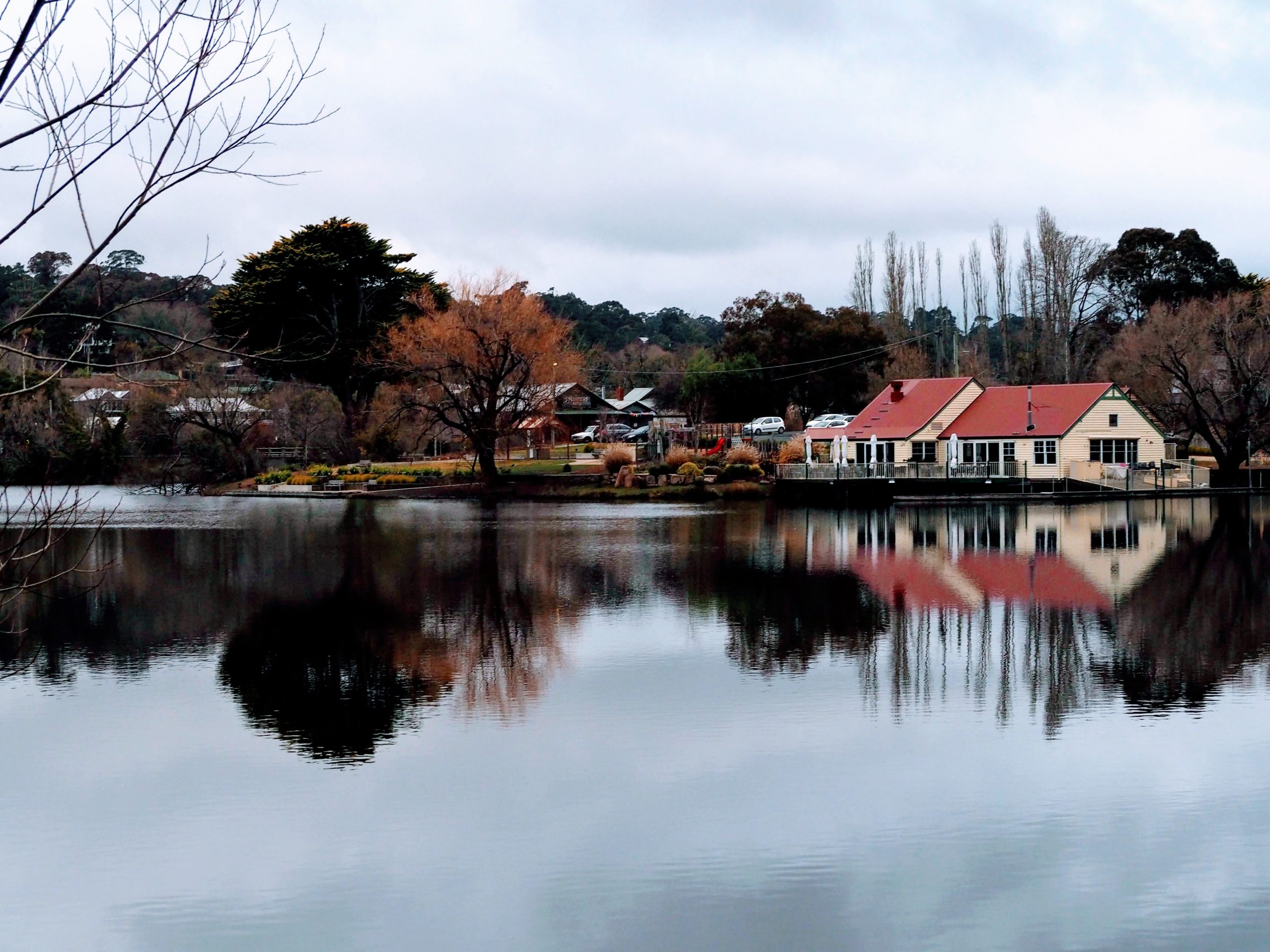June 29th, 2020Adjustment to rates valuations available
HOME owners in Hepburn Shire receive their first rates notice for the 20/21 financial year in August and will have 60 days to object if they disagree with the value placed on their property.
Some ratepayers have contacted The Local saying their last year’s rates bill was 20 to 30 per cent above what their property could actually be sold for. They say in the past it has been 20 to 30 per cent lower and have also queried if the Victorian Government’s two per cent rate rise cap is being applied.
Hepburn Shire Council’s Community and Corporate Services director Bradley Thomas said rates notices were broken down into three components with the first being the valuation which is rated – taking into account the two per cent rate cap.
The second and third are the waste charges and the fire services levy.
“Where it gets a bit confusing for people and I one hundred per cent get this, is then how to split that total rates across all of the properties that we’ve got in the shire. We do that based on the valuation, so the higher the value property the more they pay in rates than in a lower valued property.
“For instance, if we have two properties with exactly the same valuation, for example both worth one million dollars and then we do the revaluation the following year and one property goes up ten per cent and one only goes up five per cent that’s where you can get their rates going up by more than the two per cent because of the average increase.
“What has happened now is that state government decided that it would take on responsibility for doing the valuation through the Valuer-General, and instead of valuing every two years, they now do it every year.
“Last year was the first year we went to an annual cycle and that will continue going forward. We had a bit of a double whammy last year as the valuer that did the valuation last year changed, and like any valuer they have different methodologies they use to value, based on different data and how they assess and come up with the data.
“(But) I think by doing it every year, hopefully the percentage movement, will smooth out a little bit, and hopefully we won’t see the fluctuation in increases.”
Mr Thomas said the backup process, if people disagreed with their valuation, was to report it to the council who will put it back to the valuer. The valuer can then do a detailed valuation onsite and could end up with an adjusted valuation.
“The other thing that happens on the rate charge is the waste charge, which is not part of the two per cent cap. This is determined by council. And the third thing that appears on the rates notice is the fire services levy which was introduced in 2013 which is set by state government and out of the control of the council.
“Budget information comes out in April, so ratepayers can get a feel from that in terms of what that means around the waste charges but until you get your rates notice in August, you won’t know your exact rate bill. The council is happy to work with individuals in terms of payment plans, so you don’t have to come up with the money quarterly.” Words: Kyle Barnes










